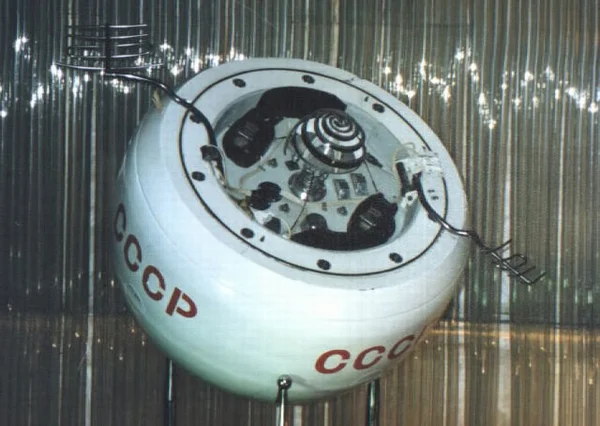
Soviet Spacecraft’s Fiery Re-entry: A 53-Year-Old Mystery Ends Over the Indian Ocean
In a dramatic end to a 53-year space odyssey, the lander module from the failed Soviet Venera mission Kosmos 482 made an uncontrolled re-entry into Earth's atmosphere earlier this month, sparking widespread media attention and raising crucial questions about the accuracy of space debris tracking and prediction.
The Kosmos 482 Descent Craft, launched in 1972 with the ambitious goal of landing on Venus, suffered a launch failure and ended up stranded in Earth orbit. Designed to withstand the harsh conditions of Venus's atmosphere, it was expected to survive re-entry through Earth's atmosphere largely intact, potentially impacting the surface at speeds of 65 to 70 meters per second. This unusual event has highlighted the challenges and uncertainties involved in predicting the re-entry of space debris.

Despite numerous attempts to pinpoint the exact location and time of re-entry, a definitive answer remains elusive. Several organizations, including the Aerospace faculty of Delft University of Technology (TU Delft), US DoD (CspOC), ESA, EU-SST, and Roscosmos, employed complex reentry models to forecast the event. However, these models yielded a range of results, highlighting the inherent difficulties in predicting such events.
The discrepancies in the predictions stemmed from various factors, including the unpredictable nature of space weather, uncertainties in the spacecraft's mass and drag coefficient, and limitations in the distribution of geographic sensors and data sharing. As the TU Delft team noted, space weather forecasts proved inaccurate in early May, causing temporary shifts in their reentry model.
The Russian State Space Agency Roscosmos claimed that their calculations indicated the reentry started west of the Andaman Islands in the Indian Ocean and ended west of Java, Indonesia. However, the accuracy of this assessment remains uncertain, with no information provided about the uncertainty window.
Adding to the complexity, the last orbit update for the Kosmos 482 Descent Craft available from CSpOC was several hours before the estimated reentry time, leaving a significant window for uncertainties to develop. ESA reported a final radar detection from Germany at 6:04 UTC, further complicating the picture.

The incident underscores the growing problem of space pollution and the potential hazards posed by uncontrolled re-entries. While the immediate threat to human life may be low, the cumulative effect of such events, including the release of pollutants during re-entry, could pose a long-term hazard to the environment and climate. The uncertainty surrounding the point of impact, which most likely fell in the Indian Ocean, has also raised concerns in nearby countries like Indonesia, where authorities were on high alert.
Ultimately, the Kosmos 482 reentry serves as a stark reminder of the importance of accurate space debris tracking and the need for international collaboration in addressing the growing challenge of space pollution. While the mystery surrounding the exact location of the impact may never be fully solved, the event has sparked a crucial conversation about the future of space exploration and the responsible management of our orbital environment.
What are your thoughts on the challenges of tracking space debris and predicting re-entry events? Share your opinions in the comments below!